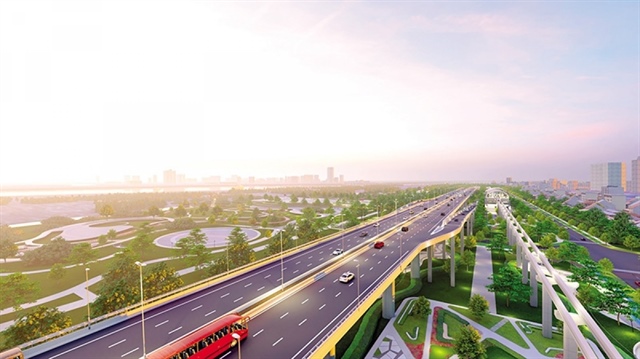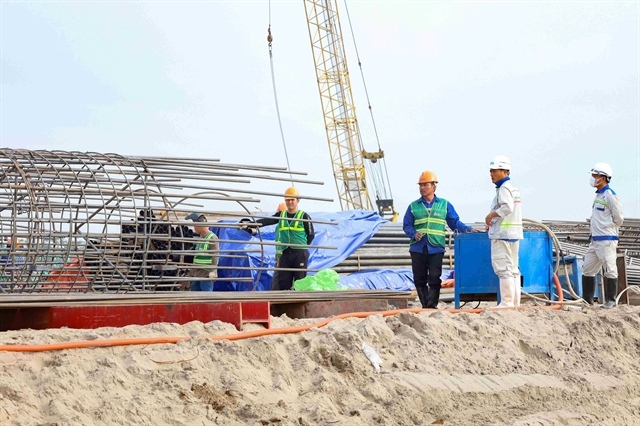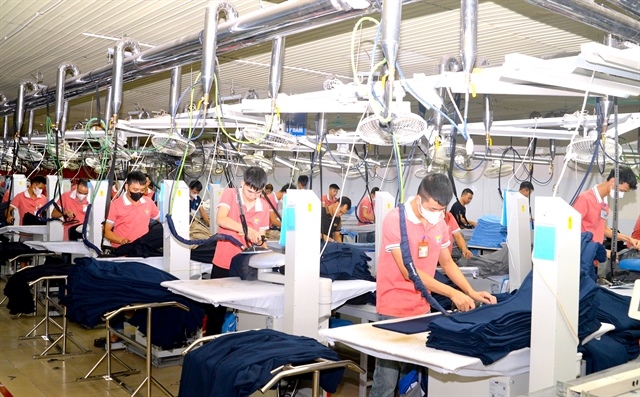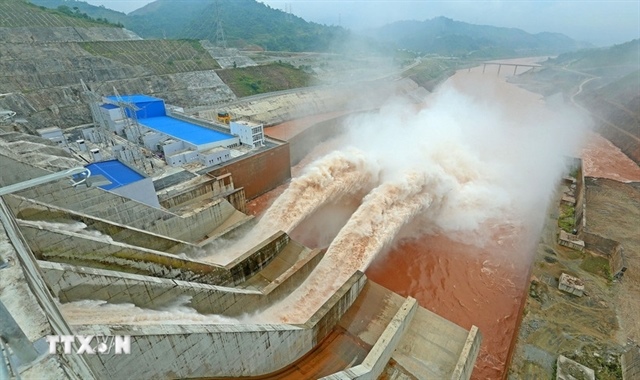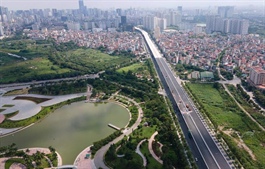National spatial master plan to lay ground for high economic growth
National spatial master plan to lay ground for high economic growth
An appropriate master plan on the use of the country's land would lay the foundations for Viet Nam to achieve high economic growth and become a modern industrialised country by 2030 and a developed country by 2050.

At a consultation workshop on the spatial master plan held by the Ministry of Planning and Investment and the World Bank on Tuesday, Carolyn Turk, World Bank Country Director for Viet Nam, said that an effective spatial master plan reflected the development vision of the authorities for the country’s future.
“It is therefore key that the master plan is developed based on clear methodologies, anchored on solid analysis and that it has clear and prioritised development objectives.”
She stressed that to be successful, a master plan also needed to clearly lay out how it intended to achieve these spatial development objectives, adding that this was especially important as financial resources were limited and the ambition to change the spatial development of the country would require hard policy decisions about making choices, prioritising these funds and the investment projects.
“It would be critical to ensure that the Medium-Term Investment Plans (MTIPs) are strongly linked, prioritised, and sequenced in a results-oriented manner to improve national and regional spatial development master plans, within the credible forecast of budget affordability,” she said.
“It will also be critically important to undertake the needed adjustments to the current frameworks –legal, institutional, incentives, and enforcement arrangements,” adding that this would help to enhance vertical and horizontal coordination and regional investments between central – local and local – local governments.
Improving the public investment process, from selection to disbursement, also played an important role, she stressed.
According to Danny Leipziger from the World Bank, the draft master plan showed more attention being paid to the environment, climate change and economic corridor development. It was also necessary to have a roadmap for mid-term planning adjustments, he said.
For economic zones with large-scale projects that needed to be carefully selected, the quality of existing investment should be evaluated before considering new investments, he said.
He pointed out that a big problem to the planning was the increasing uncertainty, both in economic management and investment from geopolitics, supply chain, cybersecurity and the pandemic, meaning that investment benefits must be put into careful consideration to prevent the creation of wasted and unused assets.
The plan should be considered a living document and updated constantly, he said.
He said that the plan should be based on the competitive advantages of each region while looking at possible risks.
Pho Duc Tung from the World Bank said that the development of the national urban system must take into account factors of sustainable development and national security in its rapid development with the urbanisation rate expected to reach 50 per cent in 2030 and 70 per cent in 2050.
The urban system needed to be developed into a network with systematic links, not just a collection of discrete urban points, Tung said, adding that the planning and infrastructure development should be one step ahead to orient urban development.
Economically, the urban system was the core of economic growth. Therefore, the structure of the urban system needed to be associated with the economic development strategy with the focus on developing corridors and key areas to become the driver of economic growth, he said.
The draft master plan raised three scenarios for economic growth to 2030 and 2050.
Tran Hong Quang, director of the Viet Nam Institute for Development Strategies, said that Viet Nam’s population was forecast to reach 105 million in 2030 and 115 million in 2050.
In the first scenario with GDP growth at 6.34 per cent in 2021-30, GDP per capita would reach $7,000 in 2030 and $25,000 in 2050 if GDP averaged 6.63 per cent in 2031-50.
In the second scenario, GDP grew on average 7.05 per cent in 2021-30 and 7.3 per cent in the next ten-year period, GDP per capita would reach $7,500 and $32,000 respectively.
In case GDP grew at just 6.7 per cent in 2030-50, GDP per capita would be $27,000 in 2050.
Quang said that the national spatial master plan would create an efficient and sustainable spatial distribution model for the country’s development through the formation of dynamic economic zones, economic centres and strategic cities with synchronous infrastructure networks and regional linkage.


